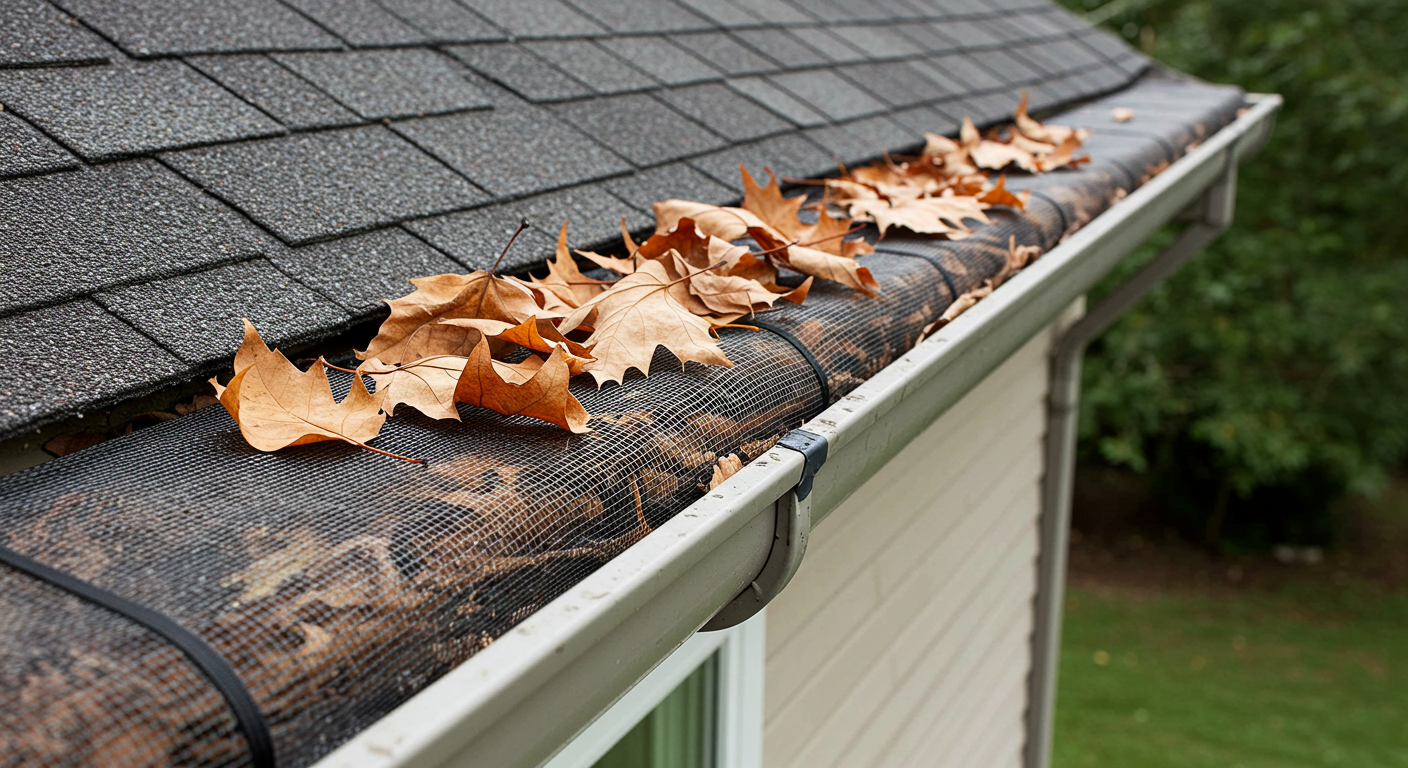When it comes to maintaining your home, protecting your eavestrough from debris is crucial to ensure a well-functioning drainage system. Over time, leaves and other debris can accumulate, leading to clogs that cause overflow and potential damage to your property. Discovering effective solutions to keep your gutters clear can save you time, money, and stress.
The Risks of Clogged Eavestrough
The buildup of debris in your eavestrough can create serious issues. When leaves, twigs, and dirt accumulate, they obstruct the flow of water, causing it to overflow. This overflow can saturate the ground around your foundation, leading to foundation cracks and basement flooding. Moreover, standing water can be an oasis for pests like mosquitoes, making an unkempt gutter system an ecological nightmare as well.
Common Causes of Eavestrough Clogs
Several factors contribute to clogged eavestrough, including:
- Overhanging Trees: Tree branches shedding leaves can significantly reduce gutter performance.
- Wind and Storms: Strong winds can send debris flying into your eavestrough, causing unexpected blockages.
- Old Age: As eavestrough age, they may become misaligned, allowing debris to accumulate more easily.
- Improper Installation: Eavestrough that aren’t sloped correctly can lead to stagnant water, encouraging clog formation.
Effective Solutions to Prevent Eavestrough Clogs
Now that we’ve pinpointed the risks and causes of clogged eavestrough, it’s time to explore effective strategies to keep them clean and clear.
Install Eavestrough Guards
One of the most efficient ways to protect your eavestrough is by installing gutter guards. These protective covers act as a barrier, preventing leaves and larger debris from entering while allowing water to flow freely. Different types of gutter guards include:
- Mesh Screens: These are fine enough to keep out small debris yet allow water to pass through effortlessly.
- Drop-in Filters: These fit snugly within your gutters, catching dirt and debris but requiring occasional maintenance.
- Solid Covers: Offering the most protection, solid covers channel water to the gutters while blocking out everything else.
Regular Maintenance is Key
Even with protective measures, routine eavestrough maintenance is vital. Aim to clean your gutters at least twice a year—more frequently if you live in an area with many trees. Regular inspections help catch problems before they escalate. Use a sturdy ladder and wear protective gloves; a plastic scoop is excellent for removing debris without damaging the eavestrough.
Trim Overhanging Branches
To lessen the likelihood of debris accumulating in your eavestrough, make it a habit to trim overhanging tree branches. This proactive measure can significantly reduce the amount of leaves and twigs that fall into your gutters. It’s especially crucial during autumn when trees shed their foliage rapidly.
Advanced Solutions for Challenging Environments
If your home is prone to heavy debris accumulation, consider some advanced solutions that go beyond traditional methods.
Opt for Wider Eavestrough
Upgrading to wider eavestrough can help significantly, especially if you experience heavy rainfall. Wider eavestrough can handle more water and debris, reducing overflow issues. Look for 6-inch or even 7-inch options for homes subjected to intense weather conditions.
Install Downspout Extensions
Downspout extensions direct water far away from your foundation, greatly minimizing the risk of water pooling around the base of your home. This extension not only enhances drainage but also reduces the likelihood of soil erosion.
Consider Underground Drainage Solutions
For a more permanent and aesthetically pleasing solution, you might explore underground drainage systems. These systems connect to your downspouts and move water away from your home through buried pipes, preventing any overflow issues from becoming a serious concern.
What to Do When Problems Arise
Sometimes, despite your best efforts, issues can still occur. Knowing how to address them is vital for long-term eavestrough maintenance.
Inspect Your Eavestrough for Damage
If you notice water spilling over your eavestrough, it might be time for a thorough inspection. Look for:
- Loose Components: Ensure all parts are securely fastened, as loose gutters can sag and trap water.
- Leaks: Inspect joints and seams for signs of water leakage, applying sealant where necessary.
- Pooling Water: Identify areas where water collects and take action to resolve the improper slope.
Call in the Experts
If your eavestrough are beyond DIY repair, it may be time to call in professionals. They can conduct a comprehensive assessment and recommend tailored solutions suited to your home.
By incorporating effective solutions and regularly maintaining your eavestrough systems, you can enjoy peace of mind while protecting your property from the elements.
